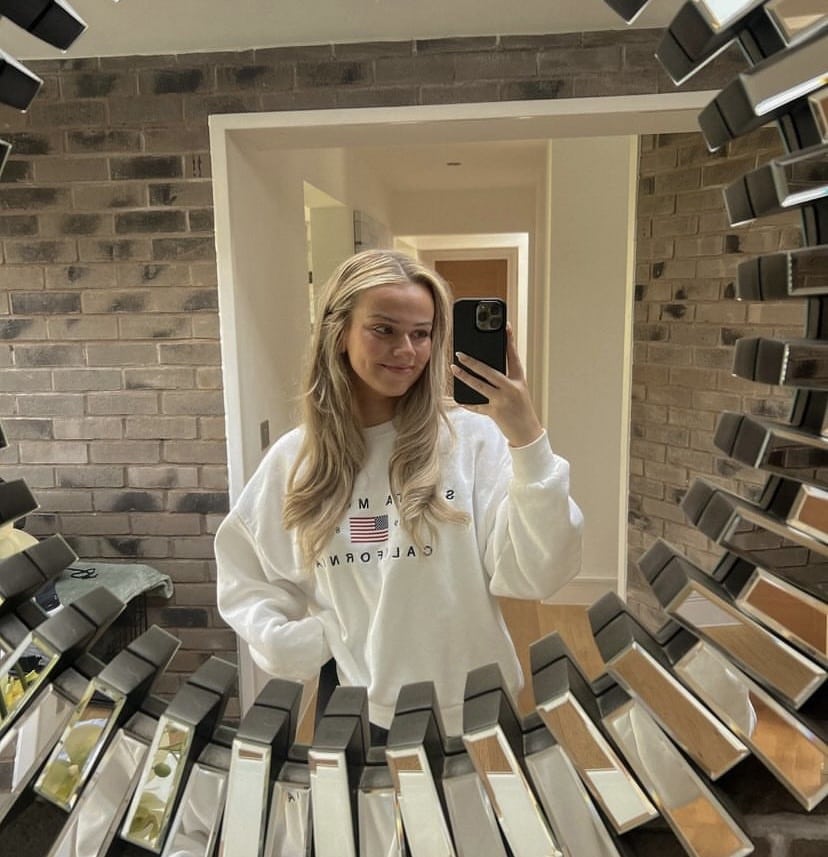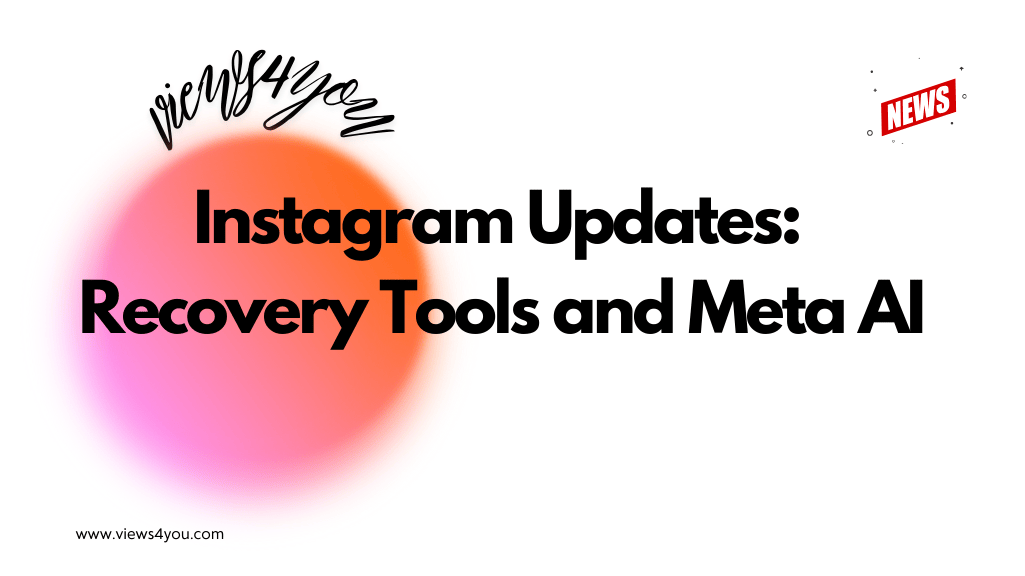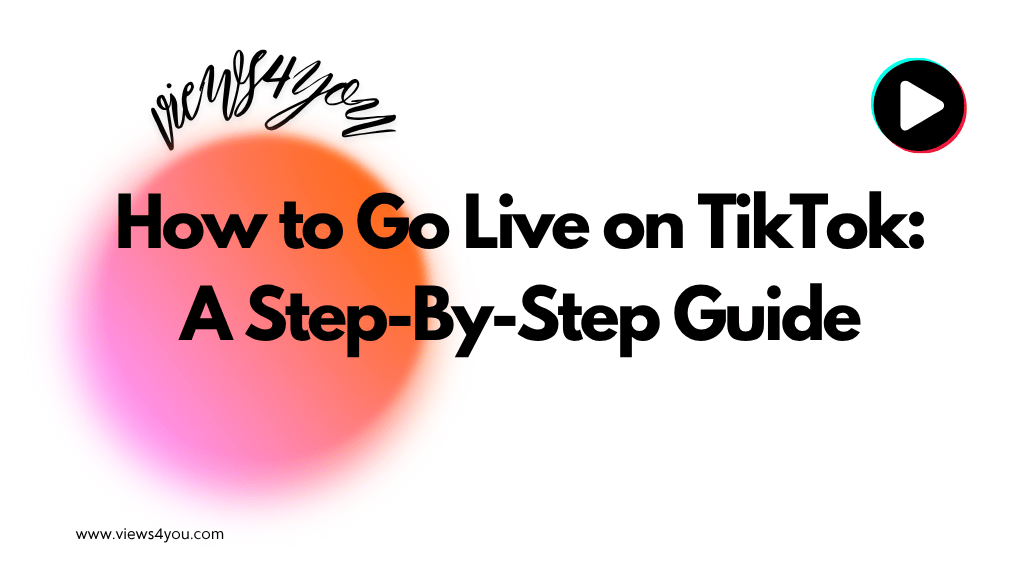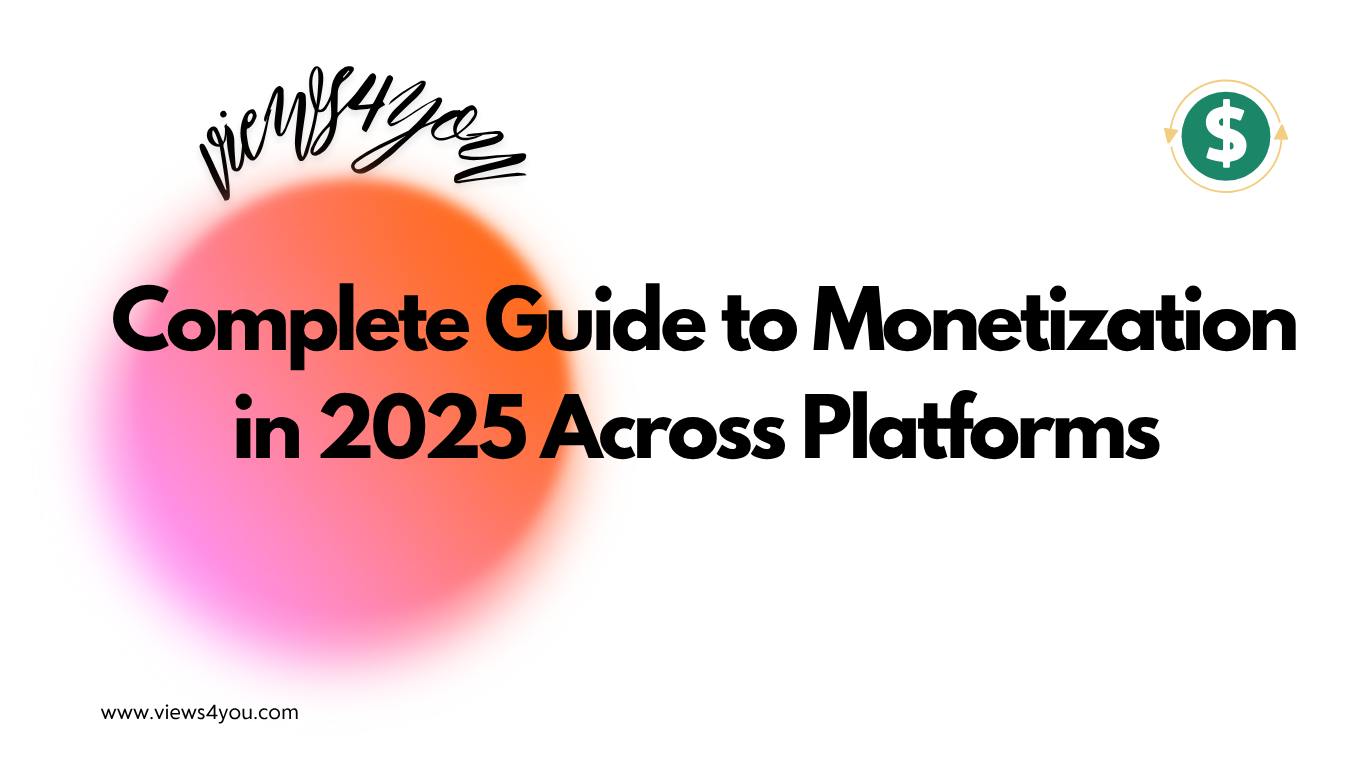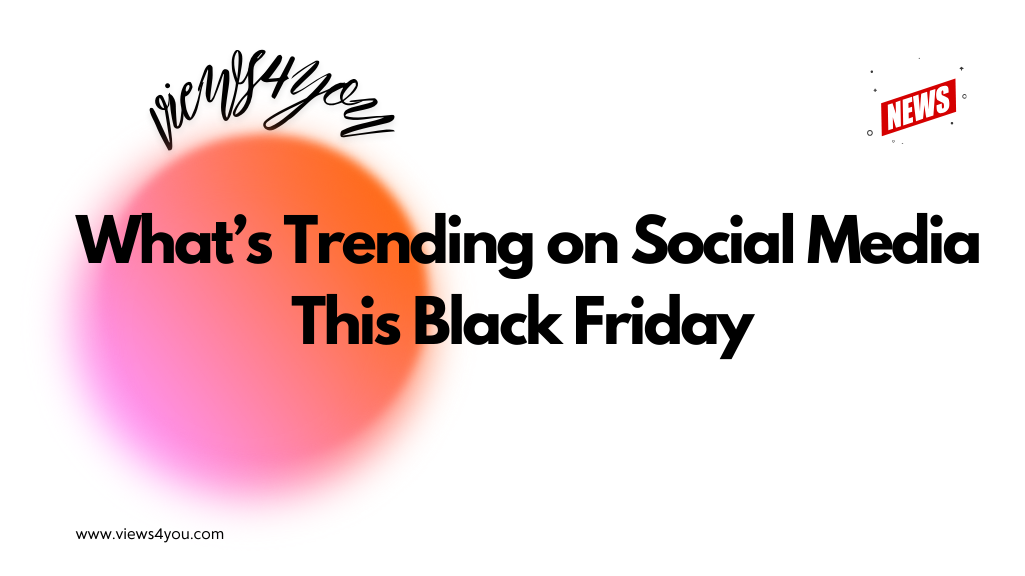In 2025, TikTok, Instagram, YouTube, and X are competing fiercely for dominance. TikTok leads in cultural influence, Instagram excels in social commerce, YouTube offers the strongest monetization, and X owns real-time engagement. The winner will depend on innovation, creator incentives, and user retention—though TikTok and YouTube currently show the strongest momentum.
The competition among social media platforms is more intense than ever in 2025. TikTok, Instagram, YouTube, and X are all fighting for user attention, advertising budgets, and cultural influence. For users, creators, and brands, this raises an important question: which platform will lead this year?
In this post, you will see how each platform is evolving, what strategies they are using, and where the strongest growth opportunities lie. By the end, you will have a clear sense of where to focus your time and efforts for maximum results in 2025.
The State of Social Media in 2025
The market has matured, and user growth in established regions has slowed. Now, platforms compete by improving engagement and retention. TikTok continues to shape culture, Instagram invests in commerce and AI recommendations, YouTube expands both long and short-form content, and X positions itself as the center for real-time conversations.
This year, the key factors are innovation, monetization models, and how well each platform adapts to changing audience preferences.
TikTok’s Expanding Strategy
TikTok remains a cultural driver with its short-form videos. In 2025, it is expanding into live streaming, e-commerce, and longer videos to keep audiences engaged.
The algorithm remains one of its strongest assets, connecting niche content to the right viewers quickly. However, regulatory concerns in some countries remain a risk that could influence its long-term reach.
TikTok’s competitive edge lies in its ability to create viral moments that shape music, fashion, and even purchasing behavior. Its challenge is converting this cultural power into consistent revenue without alienating users with too much advertising.
Instagram’s Flexible Approach
Instagram thrives on adaptation. Reels continues to be a central focus, supported by integrated shopping tools. The platform is also testing AI-driven content suggestions, making user feeds more personalized.
Its close link with Meta’s wider ecosystem gives Instagram extra stability, with cross-platform advertising and seamless integration with Facebook, WhatsApp, and Threads.
For creators, Instagram offers an environment where lifestyle, brand partnerships, and commerce blend naturally. Its advantage is the combination of community engagement and shopping tools, though it must ensure its feed doesn’t become oversaturated with promotional content.
YouTube’s Strong Monetization Model
YouTube dominates long-form video and maintains the most stable monetization model. In 2025, it is also expanding Shorts to capture audiences drawn to short-form trends.
Its search-based discovery and revenue-sharing program make YouTube the most reliable platform for creators aiming to build sustainable income streams. This keeps its content base rich and diverse.
Beyond entertainment, YouTube also leads in educational and niche content, from tutorials to in-depth industry analysis. This makes it a valuable platform not only for casual viewers but also for professionals and learners.
X and the Real-Time Niche
X is leaning into its strength—real-time engagement. It focuses on live conversations, breaking news, and creator monetization tools such as subscriptions, tips, and premium spaces.
Its challenge is keeping users engaged outside of trending events. While it is strong in immediacy, it must continue diversifying its content to maintain daily activity.
X is experimenting with long-form posts and multimedia integration, aiming to keep conversations alive longer. Whether these features succeed will depend on how creators adopt them.
Newcomers and Niche Platforms
While the main battle is among the big four, newer apps like BeReal, Lemon8, and niche community platforms are gaining traction. They attract specific demographics with unique approaches, forcing established platforms to innovate faster.
These smaller players may not overtake the leaders this year, but they shape how the competitive field evolves. Their influence pushes the larger platforms to improve user experience and add more creative tools.
Trends That Will Shape 2025
Several trends will define social media dominance in 2025. AI-driven recommendations will make feeds more personalized than ever. Social commerce will continue to grow, with platforms integrating seamless shopping experiences into user interactions.
Another trend is the push for authenticity. Users are gravitating toward creators who show unfiltered and relatable content. Platforms that support genuine connections, while still offering monetization, are more likely to see long-term engagement.
Monetization flexibility is also critical. Platforms that give creators multiple revenue streams—ads, subscriptions, e-commerce—will attract and retain talent, ensuring a steady flow of quality content.
Who Will Lead in 2025?
Leadership may not belong to a single platform. TikTok is leading in cultural influence, Instagram in social commerce, YouTube in monetization, and X in live conversation.
Dominance in 2025 will depend on how each platform can grow beyond its strengths without losing its identity. For creators and brands, a balanced multi-platform strategy remains the safest bet. However, TikTok and YouTube show the strongest momentum this year.
FAQs
Which social media platform will have the most users in 2025?
Facebook still leads in total users, but TikTok, Instagram, and YouTube dominate engagement among younger demographics.
Is TikTok at risk of being banned in 2025?
Regulatory issues are ongoing, but no global ban has occurred. Local restrictions could still affect its reach.
Is Instagram still effective for brands?
Yes. Instagram’s combination of Reels and shopping tools makes it valuable for visual marketing and social commerce.
Can YouTube Shorts compete with TikTok?
YouTube Shorts is growing quickly, and while TikTok leads in short-form trends, Shorts benefits from YouTube’s larger creator economy.
Which platform offers the best monetization in 2025?
YouTube is the most consistent for ad revenue. TikTok and Instagram offer strong opportunities through brand deals and commerce.
Should creators focus on one platform or multiple?
Multiple platforms are better. This approach spreads risk and taps into the unique strengths of each platform.
